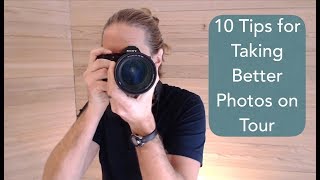Embarking on a new tour is always thrilling. The world is vast, and every corner has its unique beauty, just waiting to be captured in a photograph. With the right photography tips, your travel photos can turn into stunning memories, art pieces, or even a source of income! If you’re looking to sharpen your skills or are new to the world of photography, here’s a list of “Tips for Amazing Photography at Tours” that will make your next trip an unforgettable visual journey.
7 Basic Tips for Taking Good Photographs

Know your gear: Understand your camera’s settings. Even smartphones today have incredible capabilities.
Rule of Thirds: Imagine your image is divided into nine equal segments. Place the main subject at the intersections of these segments.
Perspective Matters: Don’t just shoot from eye level. Crouch down or find a higher vantage point.
Use Leading Lines: Use the environment, like roads or rivers, to lead the eye into the picture.
Play with Depth: Use a shallow depth of field to blur backgrounds and make your subject pop.
Balance: While symmetry can be stunning, an off-balance photo can feel more alive.
Post-processing: A little bit of post-processing can enhance your photos, but don’t overdo it.
Tips for Architectural Photography

Lines & Patterns: Buildings often have intriguing patterns. Use them to your advantage.
Time of Day: Sunrise and sunset can offer a soft glow that looks great on buildings.
Reflections: Look for pools or glass windows to capture stunning reflections of structures.
Zoo Photography Tips
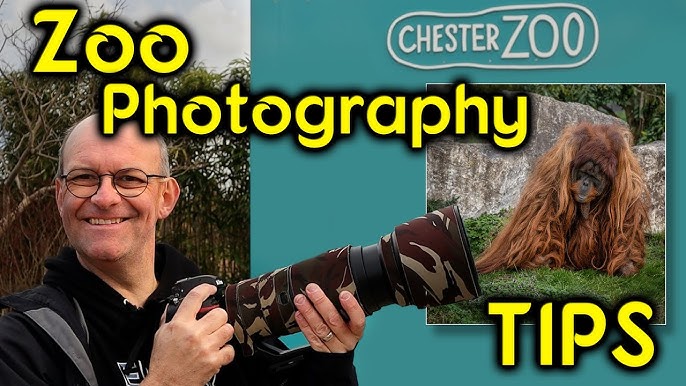
Patience is Key: Animals are unpredictable. Wait for that perfect moment.
Focus on the Eyes: Just like with humans, the eyes tell a story.
Use a Fast Shutter Speed: Capture those swift movements without any blur.
Tips for Taking Pictures at the Beach

Golden Hour Glory: Beaches look best during the golden hour.
Capture the Motion: Use a slower shutter speed to capture waves’ movement or fast to freeze them in time.
Footprints & Sand Patterns: These can be used as leading lines or subjects in their own right.
Tips for Photographing Sunrise
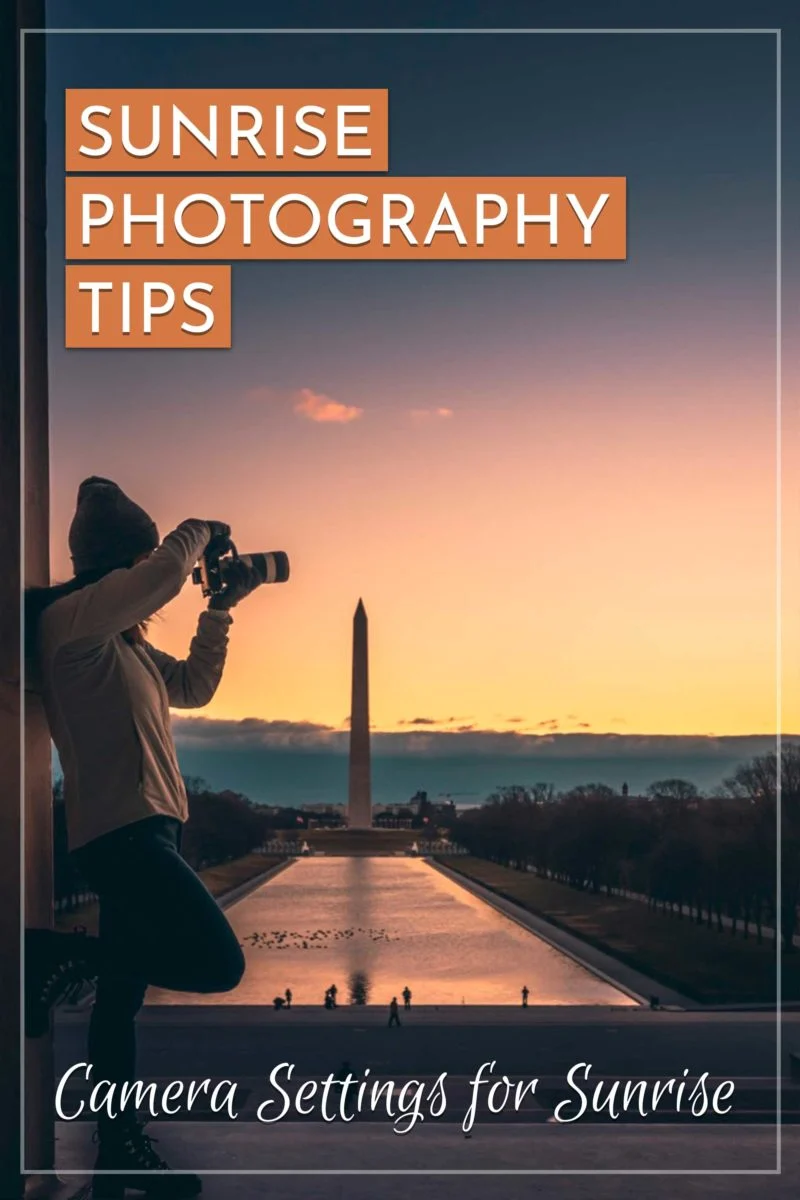
Plan Ahead: Check the weather and the exact time of sunrise.
Arrive Early: Set up your gear in the dark to catch the first light.
Use a Tripod: Ensures stability for long exposure shots.
Tips for Shooting at Golden Hour
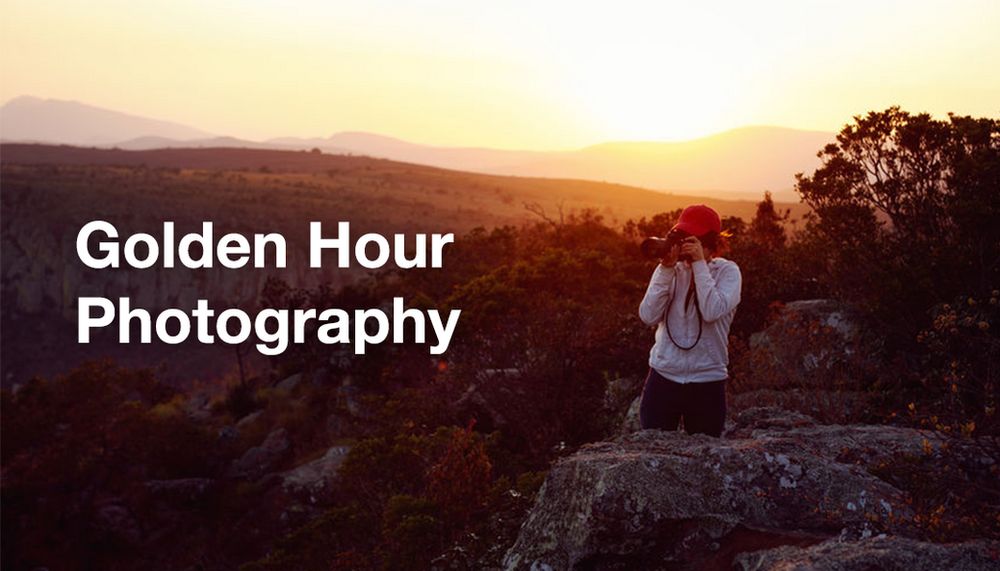
Understand Timing: The golden hour is the short period after sunrise and before sunset.
Backlighting: With the sun low, it’s a great time for backlit photos.
Capture the Warmth: Adjust your white balance to capture the warm tones.
Tips for a Good Photoshoot
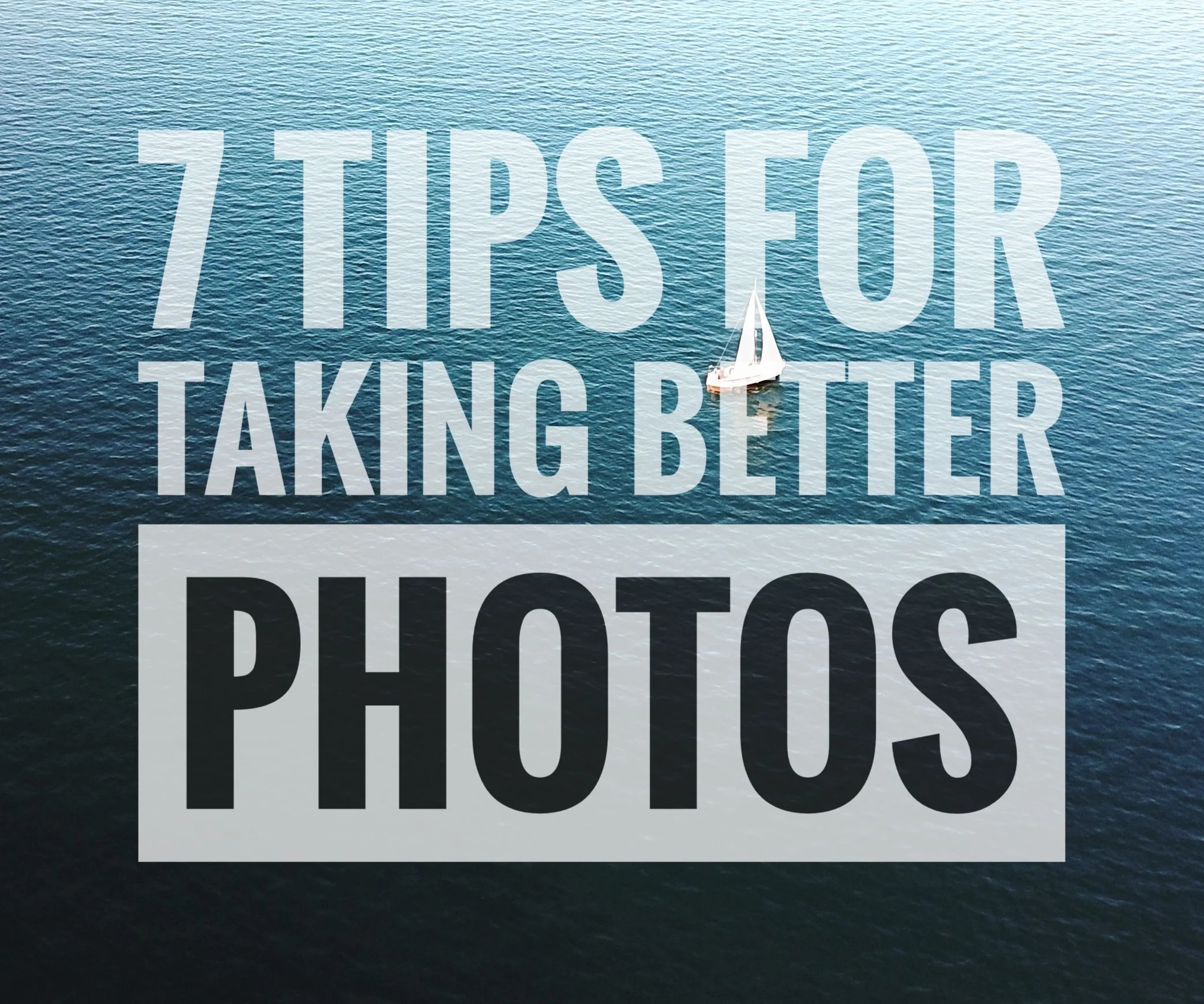
Location Scouting: Find the right spot that complements your subject.
Know your Subject: Understand what your subject likes and dislikes.
Use Props: Props can add a touch of drama or context to your photos.
Tips for Photographing Paintings

Lighting is Crucial: Use soft lighting to avoid reflections.
Use a Polarizing Filter: This can help reduce glare on the painting.
Keep the Camera Parallel: Ensure that the painting and the camera’s sensor are parallel to avoid distortion.
Tips for Photographing Products & Concerts

Product Photography: Use soft lighting, shoot at different angles, and ensure the product’s features are clear.
Concert Photography: Use a fast lens, anticipate the action, and watch out for dramatic lighting changes.
Tips on How to Be a Good Photographer
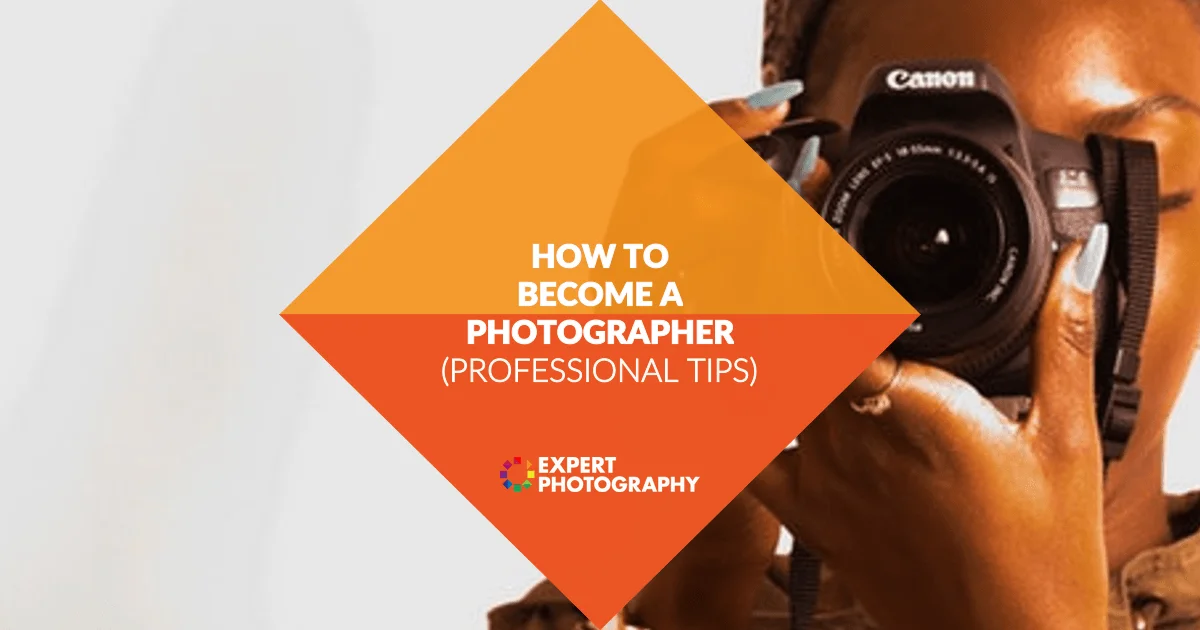
Practice: Like any skill, the more you practice, the better you become.
Learn from Others: Attend workshops, view online tutorials, or join a photography group.
Critique and Get Critiqued: Feedback helps identify areas for improvement.
Tales from the Street: Tips for Street Photography

Blend in, Be Discreet: You want candid moments. The less noticeable you are, the more genuine your shots will be.
Capture Emotions: Streets are filled with stories – laughter, tears, surprise. Aim for those expressive moments.
Consider Black & White: Monochromatic shots can give street photos a timeless feel.
Nature’s Canvas: Tips for Landscape Photography

Wide-Angle Wonder: Utilize a wide-angle lens to capture vast landscapes in their entirety.
Embrace the Horizon: Position the horizon correctly – either one-third from the top or bottom, but not dead center.
Weather Wonders: Storms, mist, and even rain can give landscapes a dramatic and different look.
The Macro Marvels

Steady Does It: At such close ranges, even the slightest movement can blur an image. A tripod is almost mandatory.
Details, Details, Details: Macro is all about details. Whether it’s the dew on a spider web or the intricate patterns of an insect’s wing, capture it.
Use Natural Light: Flash can be harsh up close. Opt for soft, natural light.
Night Owls: Tips for Night Photography
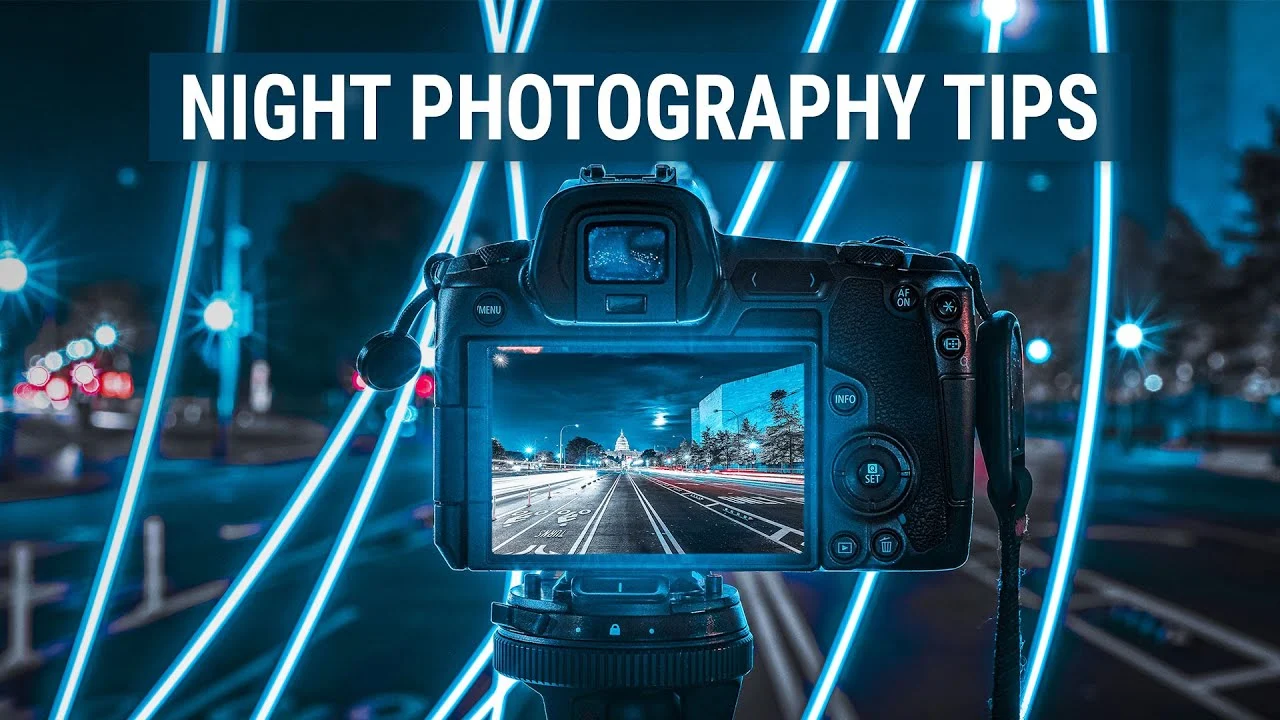
Slow Shutter, Sharp Results: Use a slower shutter speed to let in more light, but ensure stability with a tripod.
Play with Lights: City lights, stars, or even moving cars can be used creatively in night photography.
High ISO with Caution: While higher ISO settings allow more light sensitivity, they also introduce more grain. Find the right balance.
The Human Element: Portrait Photography Tips
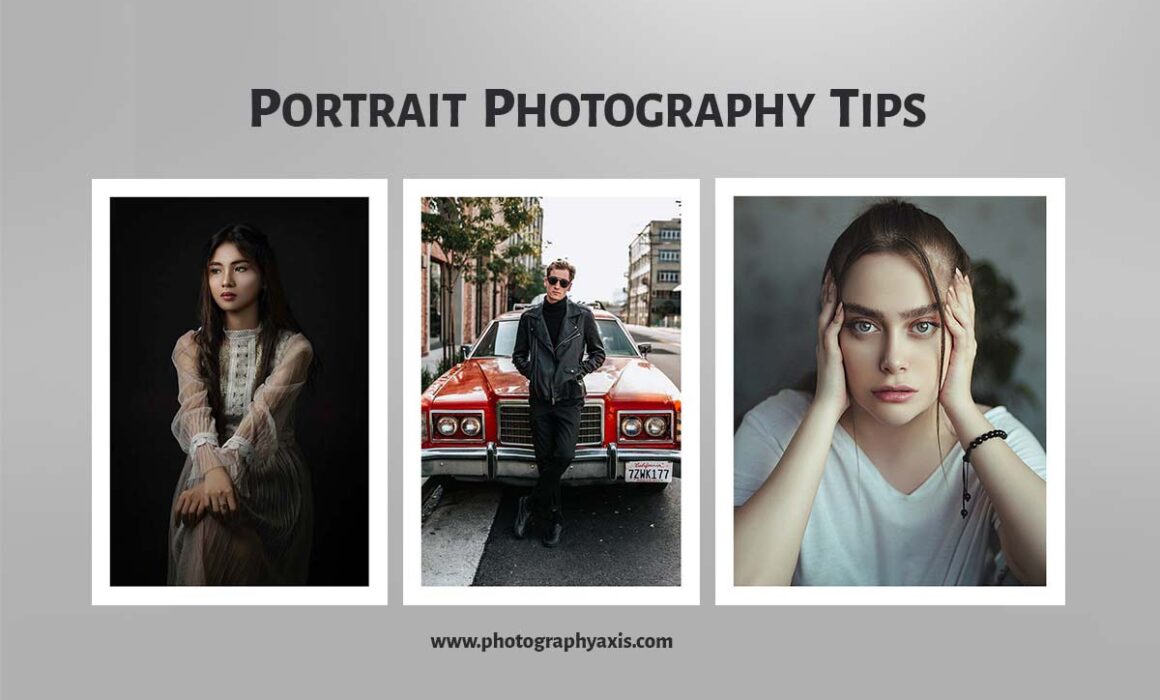
Engage with Your Subject: A comfortable subject results in more genuine portraits.
Bokeh Magic: A soft, blurry background (bokeh) can make your subject pop.
Eye Level: Shooting at eye level creates an intimate and personal perspective.
Moving Moments: Tips for Action & Sports Photography

Fast Shutter, Sharp Shots: To freeze the action, you’ll need a fast shutter speed.
Anticipate the Action: Pre-focus on the spot where you expect the action to happen.
Burst Mode: Shooting in continuous or burst mode increases the chance of getting that perfect shot.
Art in the Digital Age: Post-Processing Tips
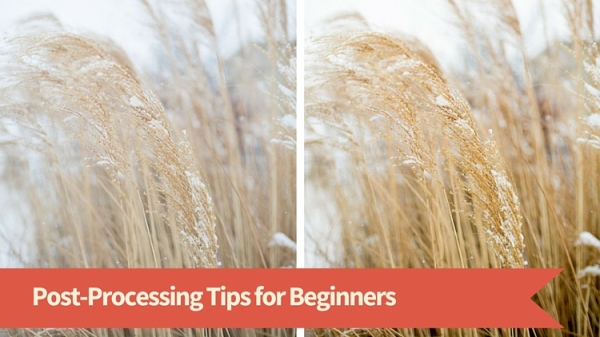
Subtle Edits: Enhance, don’t alter. The aim should be to bring out the best in a photo, not make it something it’s not.
Learn the Tools: Software like Photoshop and Lightroom can be daunting, but they’re invaluable. Dedicate time to learn them.
Backup Before Edit: Always keep the original file intact. You might want to revisit or re-edit later.
Photography, like all art forms, is subjective. What one person finds beautiful, another might not. The key is to keep learning, practicing, and refining your style.
If you’re planning a tour soon, consider booking with Esanchar Travel Agency, renowned as the best travel agency to book ticket packages and visas worldwide. Armed with these photography tips and a fantastic tour package, you’ll be set to capture the world in its full splendor.
Conclusion
In conclusion, mastering photography is a lifelong journey. It requires patience, dedication, continuous learning, and above all, passion. Each tour, trip, or even a walk in your neighborhood is an opportunity to hone your skills. As the saying goes, every picture tells a story. With these tips in your arsenal, your stories are bound to be breathtaking.
If you’re still in the planning stages of your next adventure, remember to visit Esanchar Travel Agency. They offer the best ticket packages and worldwide visa services, ensuring a hassle-free travel experience. Armed with these advanced photography tips and the perfect travel itinerary, your adventures will not only be memorable but also picturesque.
